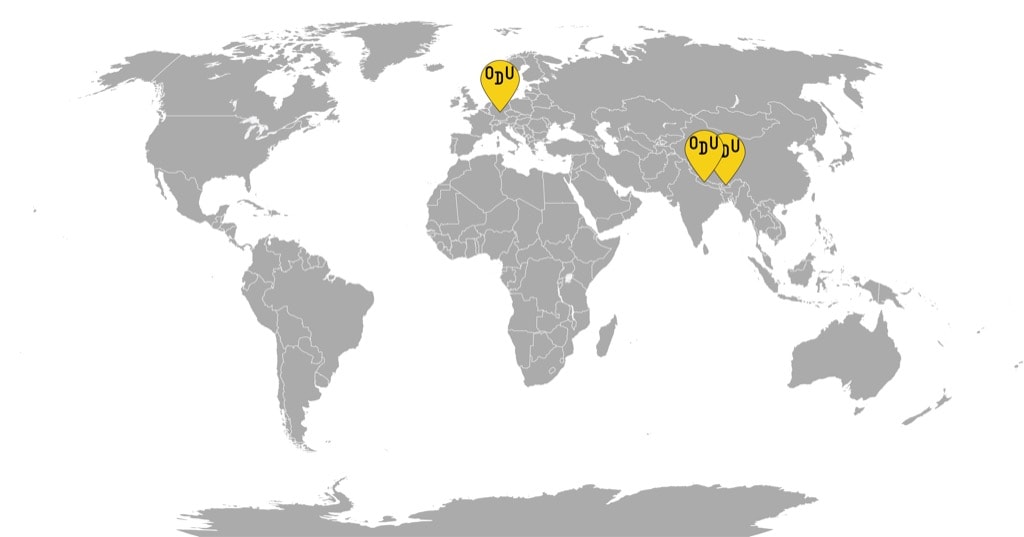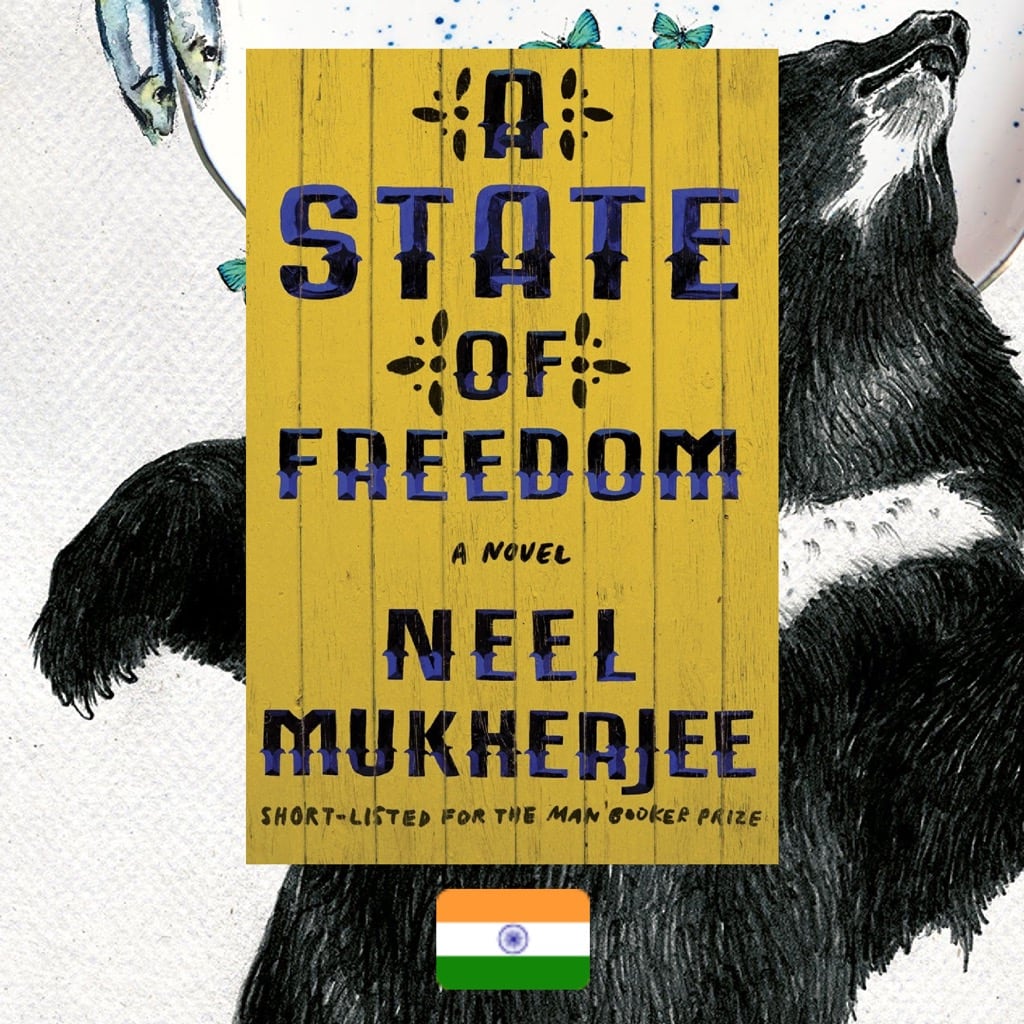An emotionally intelligent, masterfully arranged film that explores the power-dynamics in Bhutanese society through the eyes of a traumatized, disaffected teenage girl



WHAT IT’S ABOUT: Sangay is a high-school student from Bhutan’s Phobjikha valley, riddled with angst and anxiety. She doesn’t quite feel like herself at home with her controlling, widowed father, whose life is centered around the cultural tradition of Atsara—a sacred/profane character of the Bhutanese festivals. Atsara’s totem is an erect penis, so Ap Atsara spends his time carving intricate phalli for ritual use all over town,—the reason Sangay is bullied at school. As the girl tries to find agency in her own life by dating an older, lower-caste married butcher Passa, she still can’t escape the trappings of patriarchy around her. Suddenly, Sangay starts to disassociate and lost between her hallucinations and the horrible memories that rise to the surface.
WHO MADE IT: Tashi Gyeltshen is a self-taught Bhutanese filmmaker, who has staked his claim as one of the country’s most promising new directors. Before making his feature debut with “The Red Phallus,” Gyeltshen wrote and directed two shorts that are thematically adjacent, connected by the theme of the color red and one that isn’t. Not a stranger to the festival attention, as he had already enjoyed a premiere at Rotterdam, with “The Red Phallus,” Gyeltshen traveled the festival circuit from Berlinale to Busan. The film’s DOP Jigme Tenzing, who works in Bhutanese and Indian cinema alike, and is responsible for the photography in another beautiful recent Bhutanese film, “Honeygiver among the Dogs, “was able to create a veritable dreamscape of the valley’s rolling hills. Meanwhile, the Indian sound designer Niraj Gera, along with prominent Bhutanese folk musician Jigme Drupka and American cellist Frances-Marie Uitti, known for her work with Warner Herzog, created the film’s ethereal score.
The actors are all non-professionals. In Bhutan, performing in a film, even if it’s fictional, is a dangerous task, as culturally, it’s not a given to separate the person’s acting from their real life. However, Tshering Euden, who plays Sangay, dared to try out for the role and revealed herself as an actor of immense emotional power.
WHY DO WE CARE: Bhutan is often discussed in the West as the country where they measure “gross national happiness,” and “The Red Phallus” is a rather compelling juxtaposition to this aspirational enlightenment. It’s a subversion of the happiness assessment because Gyeltshen’s film dives deeper into the split between performative rituals and the way humans do behave. The sadness and emptiness of life lurk behind the stunningly beautiful backdrop of inland Bhutan’s lusty nature, and the exaggerated features in the carved mask of the prankster Atsara hide cruelty and suffering behind them. “The Red Phallus” is a film of limited dialogues, with languid, brooding scenes, which could otherwise seem too long. And yet, its atmosphere is so taut with emotion, it all comes together quite masterfully and allows the bursts of dialogue to offer enough insight. For instance, when Ap Atsara and Passa have a standoff about Sangay’s wellbeing, which essentially is a competition to see who better deserves to have control over it, the social and class distinctions of the Bhutanese society emerge in the men’s bickering. In its quieter moments, the narrative is carried by Sangay’s teenage pouting, which is slowly revealed to be a woman’s justified seething, and the contrast allows for the tonal spectrum of the film to frame the plot marvelously.
WHY YOU NEED TO WATCH: Despite its firm rooting in the Bhutanese folk tradition, the story in “The Red Phallus” is universally recognizable, as the inability to appreciate entities on the other side of the gender or class spectrums leads to othering in society, and inspires cruelty. The issue of entitlement emerges as the central theme, again, through the confrontation between Ap Atsara and Passa. Both men handle red, sticky things for their living, meat in one case, and lacquered penises in the other. But one man is a butcher, near untouchable, and the other an enlightened being, chosen for the holy ritual, therefore superior, worth more. However, when a woman, Sangay, is added to the equation, the power dynamics shift to make sure that the woman occupies the very bottom of the pyramid and the brunt of second-hand violence. And when Sangay finally discovers her agency, it proves to be a dangerous thing and shows that strength and violence are inseparable companions, although they mustn’t be. Carefully arranged like a high art form, an opera, or a sweeping painting, “The Red Phallus” deals with real-world issues but essentializes them through a potent mix of traditional spectacle and a nuanced psychological portrayal of a descent into madness. This portrayal never falters in its depiction of a traumatized psyche. It builds up to its explosive culmination incrementally, as Sangay is haunted by shadowy Atsara figures and realizations about her earthly life. “The Red Phallus” is a highly accomplished work that, unlike many other slow-burn films, does not fail to deliver a satisfying, yet devastating ending. And the film’s elements, from the otherworldly cinematography and musical score to the Bergmanian forcefulness of acting, come together to form Bhutan’s finest filmmaking export from a director to watch.
The Red Phallus, 2018
Director: Tashi Gyeltshen
For more content like this sign up for our weekly newsletter
WATCH THE TRAILER















